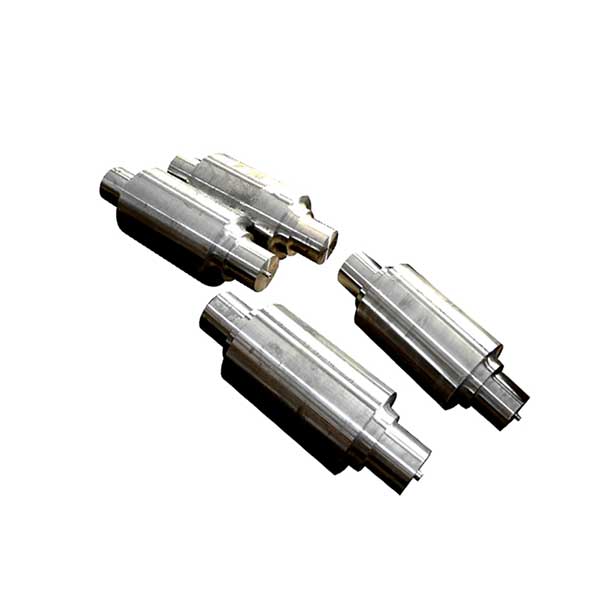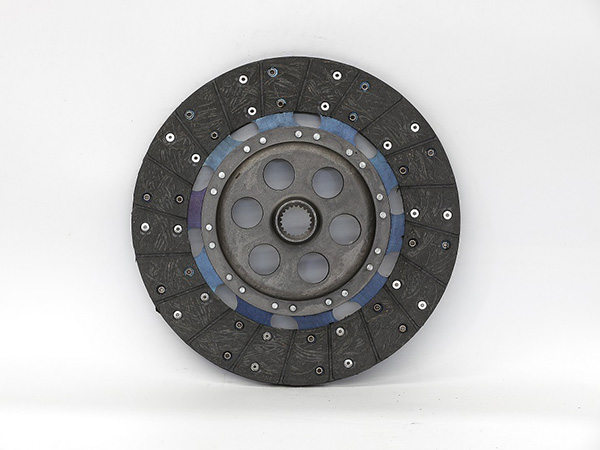Compound crusher, also known as combination crusher, is a type of crusher that combines multiple crushing processes into one unit. It is commonly used in crushing production lines and sand-making production lines to process various materials such as rocks, ores, and building aggregates.
The compound crusher consists of a rotor, a hammerhead, a lining plate, a counterattack plate, a frame, and a transmission system. The rotor rotates at high speed under the drive of the motor, and the materials are fed into the crushing chamber from the upper feeding port. Then, the materials are impacted, squeezed, and ground by the hammerhead and lining plate inside the crushing chamber, and finally, they are discharged through the lower discharge port.

The compound crusher has the advantages of high crushing efficiency, low energy consumption, stable operation, and easy maintenance. It can crush materials with high humidity and viscosity, and it is particularly suitable for crushing hard and high-hardness materials such as basalt, granite, and iron ore.
The working principle of the compound crusher is based on the impact and grinding of materials by the high-speed rotating hammerhead and the inner lining plate of the crushing chamber.
When the compound crusher is working, the motor drives the rotor to rotate at a high speed. The materials are fed into the crushing chamber from the upper feeding port and are crushed by the high-speed rotating hammerhead. The crushed materials then bounce back and collide with the lining plate in the crushing chamber, and are crushed and ground again by the hammerhead.
…
More detailed information about the working principle of the compound crusher can be accessed by clicking:https://www.zymining.com/blog/working-principle-of-compound-crusher.html









